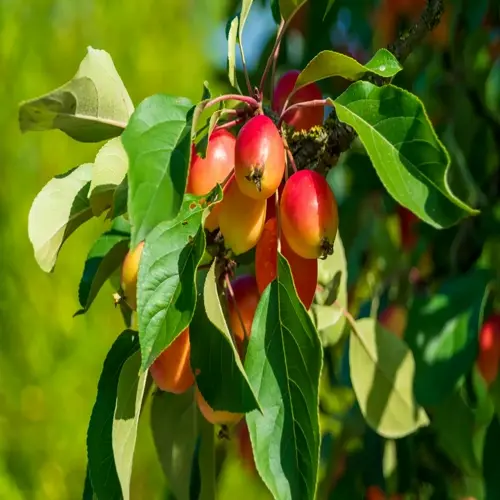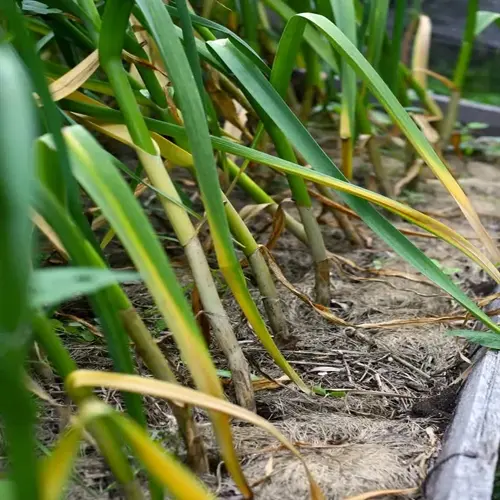How long do grape vines typically produce fruit?

Written by
Kiana Okafor
Reviewed by
Prof. Martin Thorne, Ph.D.Carefully cared for grape vines can continue to be productive for 30-50 years. The lifespan of grape vines depends on the selection of rootstock and the growing environment. Mature vines also establish elaborate root systems that tap the soil nutrients and moisture more efficiently. Their fruit typically demonstrates more concentration and layering of flavor.
Commercial vineyards normally replace vines after 25 years when yields drop 20-30%. Younger vines produce more predictable volumes, especially for larger-volume operations. Some heritage vineyards utilize vines that are over 100 years old for superior wine quality. I once worked with Zinfandel vines that were 40 years old and still produced great fruit.
Annual winter pruning during dormancy (January-March) preserves productivity. This involves removing 90% of the previous year's growth, allowing the energy to be redirected to fruit production. Balance pruning for yields and vine health, and limit excessive cropping to prevent shortening vine life.
Soil Management
- Deep soils extend root systems
- Proper drainage prevents root rot
- Organic matter supports microbial health
- Mineral balance affects vine resilience
Climate Impact
- Consistent climates promote longevity
- Frost-free regions reduce stress
- Moderate heat maintains productivity
- Low humidity minimizes disease pressure
Disease Control
- Prevent trunk diseases like Esca
- Manage phylloxera with resistant rootstocks
- Control fungal pathogens proactively
- Monitor viral infections regularly
Improve vine longevity through balanced nutrition and water management practices. Excess nitrogen encourages wood diseases. Use cover cropping to improve soil health. Inspect the condition of the trunks annually. These practices may help vines sustain production beyond the typical commercial timeframe.
Historic vineyards show that proper care produces exceptional old vines. In Australia, the Barossa Valley is home to Shiraz vines that are over 130 years old. In Portugal, the Douro Valley has maintained field blends for over a century. These heritage vines produce low-yield wines of high value.
Read the full article: When to Harvest Grapes: The Essential Guide

